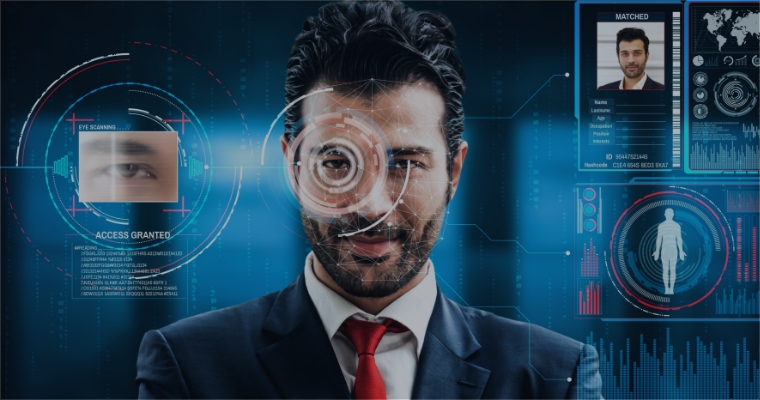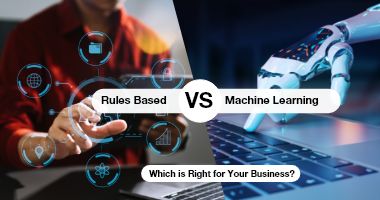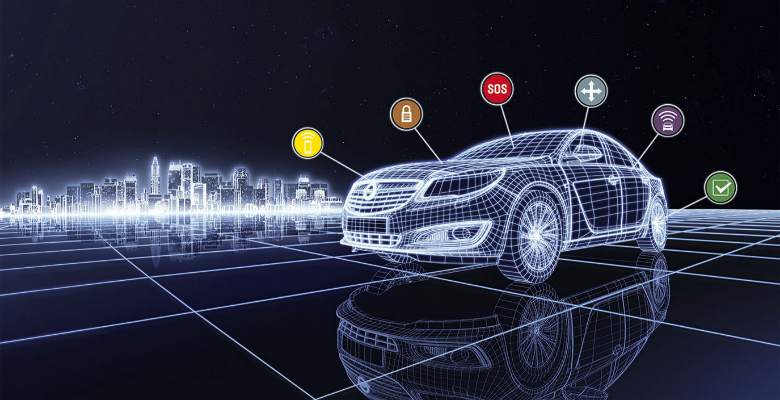Join us in Part 1 as we unravel the secrets of SAP GUI Scripting Automation, navigate through the essentials of User and Role Management in SAP, and confront the challenges in manual management.
Unlock improved efficiency, easy scalability and enhanced flexibility by moving your PeopleSoft workloads to the cloud. This blog provides guidance on migration approaches and cost comparisons.
Part 2 continues from our exploration of Deepfake Technology in Part 1. Uncover strategies for detecting Deepfakes and learn how organizations can enhance their detection capabilities.
Part 1 is all about grasping the fundamentals of deepfake technology. Join us on a straightforward exploration, gaining insights without overwhelming details.
Explore our blog, The Future of Customer Experience, to see how AI and Service Cloud are transforming customer support software, making interactions more seamless and personalized for an enhanced customer journey.
Supply chain attacks are an increasing threat to enterprises. In our blog, we explore what supply chain attacks are and strategies to effectively mitigate these risks, preventing financial losses, data breaches, and reputational damage.
As new conversational AI like Claude and Stable LM emerge, ChatGPTs position is challenged. This blog analyzes the competitive landscape and capabilities of these rival generative AI models.
Unlock your coding potential with GitHub Copilot, the AI pair programmer revolutionizing code generation. See how it boosts efficiency, reduces errors, and adapts to your style over time. Plus, discover Copilot’s standout features and get the scoop on its impact on the coding landscape.
Cybersecuritys ongoing showdown. Learn why 81% of data breaches result from weak or stolen credentials and discover how to strengthen your digital defenses in this ever-evolving landscape.
Salesforce Service Cloud maximizes customer engagement with case management, automation, and multi-channel support for effective customer interactions.
Find which flavor of AI-assisted code generation suits todays developers best? Are you better off with Copilot, the code-focused ace? Or does ChatGPTs flexibility and multi-talented approach give it the upper hand? It’s a showdown of specialists vs. all-rounders, and we’re about to dive right in!
Choosing the Right Data Platform: Databricks vs. Snowflake—Unlocking Data-Driven Success for your Organization while balancing complexity and flexibility to shape your organization’s future.
The decision of WFCs retirement is part of UKGs long-term strategy to allow clients to migrate from WFC to the more advanced and function-rich solution, i.e., Workforce Dimensions. Why is WFCs exit a critical consideration for businesses redefining workforce management? Let us explore the same in this blog.
Gen AI significantly influenced work processes across all business sectors, including HR functions.
Discover the transformative power of integrating Gen AI into HR functions like recruitment, talent retention, and skill development.
Delve into the decision-making process between rules-based and machine learning methods in business operations. Analyze their fundamentals, weigh pros and cons, and choose the best-fit strategy aligning with your distinct business objectives.
The vitality of a flourishing economy hinges on the significant contribution of the manufacturing industry. People depend on manufactured products in various aspects of their lives, whether it’s during work, meals, or travel – these products are all around us. Notably, the manufacturing sector often leads the way in terms of innovation.
Salesforce is a great CRM platform, but it can be expensive to store documents in Salesforce’s native file storage. AWS S3 is a much more cost-effective cloud storage solution, and People Tech’s Cloud Doccu Manager makes it easy to integrate
The emergence of data-driven ecosystems has revolutionized enterprise transformation, making digital operating models the foundation of this paradigm shift. As a result, enterprises are compelled to reassess their data and analytics strategy, giving rise to a symbiotic data economy.
Explores the role of Workday, a cloud-based human resources and finance software, in empowering Data and Analytics Professionals (DAPs) to lead digital transformation initiatives within enterprises. Delve into how Workday’s robust features and analytics capabilities enable DAPs.
Explore the exciting new features introduced in Workday® 2023R1, focusing on how these updates empower HR and finance management. Delve into the latest tools, enhancements, and innovations that enable organizations to stay ahead in streamlining processes, optimizing workforce management, and driving better decision-making through Workday’s cutting-edge functionalities.
As we stand on the brink of 2024, the cybersecurity landscape is evolving at an unprecedented pace. For C-suite executives, CIOs, and cybersecurity professionals, staying ahead of emerging threats is not just a priority—it’s a necessity. Let’s dive into four key trends that are set to reshape the cybersecurity paradigm in the coming year.
Enabling Digital Twin for Infotainment by Leveraging AWS IoT Enabling Digital Twin for Infotainment by Leveraging AWS IoT People Tech Enabling Digital Twin for Infotainment by Leveraging AWS IoT Automotive Infotainment systems today are feature-rich, connected, and offer comfort, convenience and informational features to the driver and product usage insights to automotive Original Equipment Manufacturers […]
Multi-screen cars are here! Drivers see info on a Head-Up Display while passengers enjoy movies on rear screens. All controlled by a central touchscreen, this tech transforms car journeys for everyone. Get ready – the future of in-car entertainment is interactive!
Cyber resilience is a must-have for organizations, big or small. It demands a robust strategy that blends powerful cybersecurity measures. Dive deeper with our blog to uncover the essentials!
Generative AI models are trained on vast amounts of data, enabling them to understand and mimic human communication patterns, creative expression, and problem-solving approaches.
The ERP implementation life cycle encompasses a series of critical steps that organizations must navigate to achieve a seamless and successful implementation.
Generative AI models are trained on vast amounts of data, enabling them to understand and mimic human communication patterns, creative expression, and problem-solving approaches.
- 1
- 2














